 This is a somewhat challenging problem from the 1997 American Invitational Mathematics Exam (AIME).
This is a somewhat challenging problem from the 1997 American Invitational Mathematics Exam (AIME).
“A car travels due east at 2/3 miles per minute on a long, straight road. At the same time, a circular storm, whose radius is 51 miles, moves southeast at √2/2 miles per minute. At time t = 0, the center of the storm is 110 miles due north of the car. At time t = t1 minutes, the car enters the storm circle, and at time t = t2 minutes, the car leaves the storm circle. Find (t1 + t2)/2.”
See the Storm Chaser Problem for solutions.

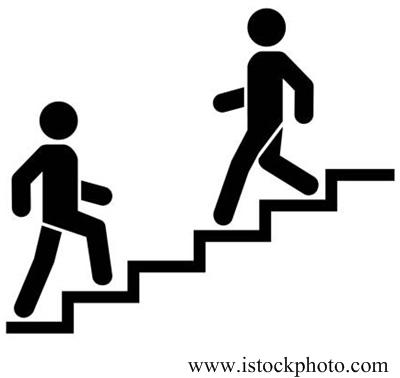 This is a problem from the 1987 American Invitational Mathematics Exam (AIME).
This is a problem from the 1987 American Invitational Mathematics Exam (AIME).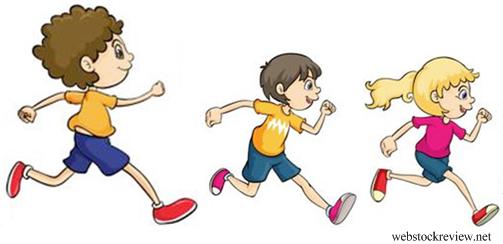 This is a nice variation on a racing problem by Geoffrey Mott-Smith from 1954.
This is a nice variation on a racing problem by Geoffrey Mott-Smith from 1954. This puzzle from the Scottish Mathematical Council (SMC) Senior Mathematics Challenge seems at first to have insufficient information to solve.
This puzzle from the Scottish Mathematical Council (SMC) Senior Mathematics Challenge seems at first to have insufficient information to solve.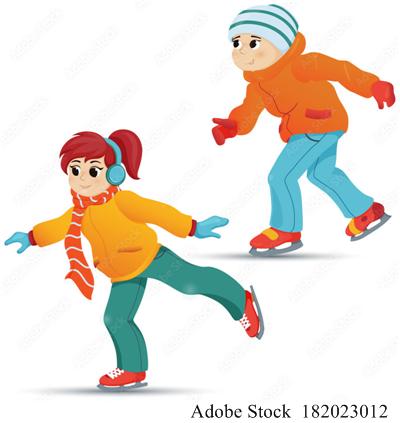 This is a fun problem from the 1989 American Invitational Mathematics Exam (AIME).
This is a fun problem from the 1989 American Invitational Mathematics Exam (AIME). This puzzle from the Scottish Mathematical Council (SMC) Middle Mathematics Challenge has an interesting twist to it.
This puzzle from the Scottish Mathematical Council (SMC) Middle Mathematics Challenge has an interesting twist to it. This is a slightly challenging problem from the 1993 American Invitational Mathematics Exam (AIME).
This is a slightly challenging problem from the 1993 American Invitational Mathematics Exam (AIME).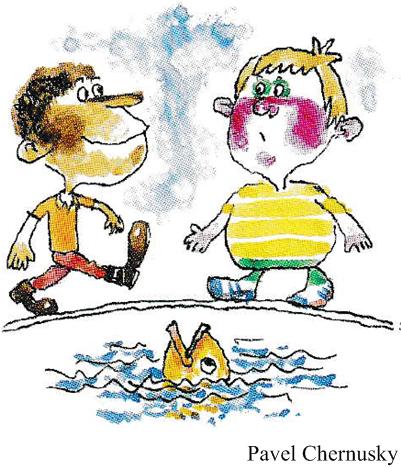 Here is another Brainteaser from the Quantum math magazine.
Here is another Brainteaser from the Quantum math magazine.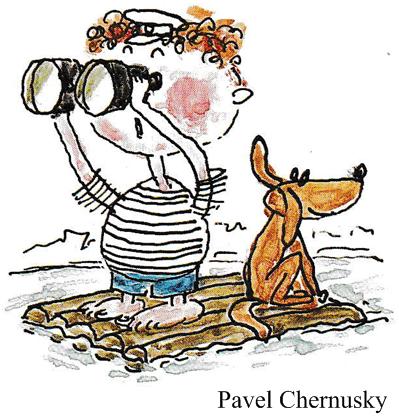 Here is another elegant Quantum math magazine Brainteaser problem.
Here is another elegant Quantum math magazine Brainteaser problem.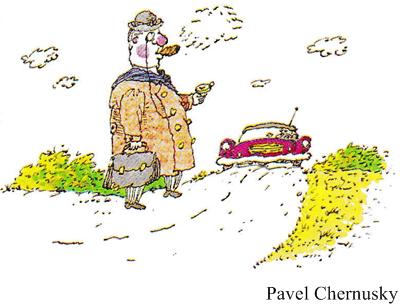 Here is another Brainteaser from the Quantum magazine.
Here is another Brainteaser from the Quantum magazine.